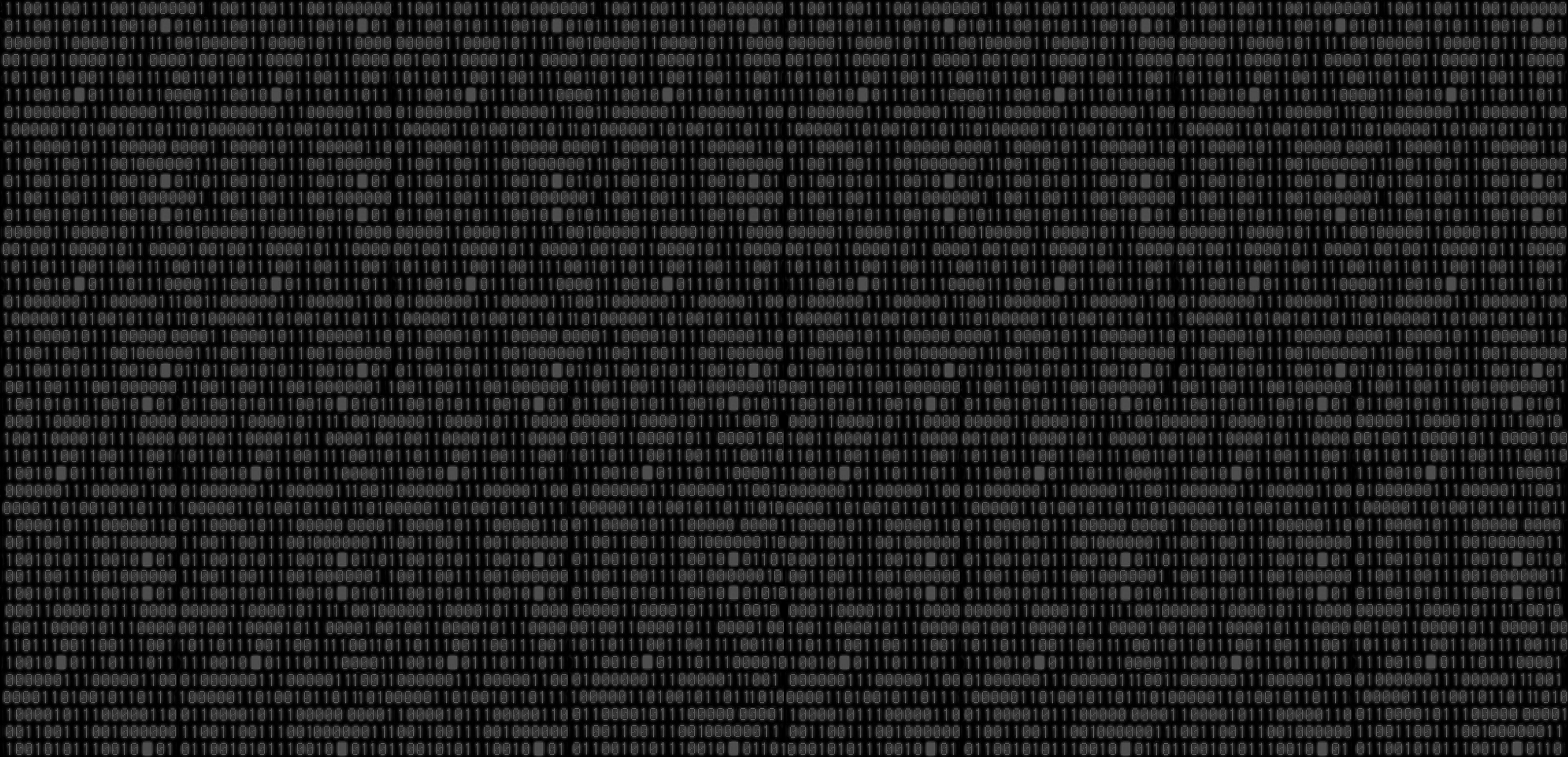
Shaolin Temple’s history runs rampant on interpretation, favoritism and everyone claiming that everyone else is wrong. Whatever the truths or untruths are that have weaved their way down through the annals of history, cinema has the luxury of portraying the past in a way that feels authentic, where ultimately ,it’s up to the audience to accept or reject the filmmaker’s depiction.
To be just even slightly credible, there must be a good helping of fact, where implication not only seems logical,but it also seems possible. For example, take Oliver Stone’s JFK (1991), there is enough reality in the story that anyone looking to believe in it will, yet those refusing to accept it will do so with a hint of more doubt regarding previous status guo explanations.
The Shaolin Temple is of paramount, worldwide importance when it comes to the birth of modern-day martial arts and its ensuing spread. It is no wonder then that the cultural pious epics surrounding the Shaolin Temple are the backbone of Chinese martial arts cinema. When it comes to screen adaptations of these whispered tales of gore and lore, most stories focus on the burnings of two monasteries, Song Shan Shaolin in Henan province and Jiu Lian Shan Shaolin in Fujian province, and the subsequent fabled heroes and events that emerged from the cinders of these larcenous acts, and the ominous Wu Dung school of martial arts.
Let’s grab our colanders and sift back through the ashes of time to weed out the real, reel and unreal. Try not to get bogged down with all the names and be relieved that I am not discussing the true history of the 108 Heroes of the Song Dynasty (960-1279), of which one of those heroes was a former Shaolin monk. I’ll also be presenting these real-lifechampions of Shaolin in chronological historical order from the temple’s beginning to Shaolin’s neo-beginning.
Christianity, Islam, Hinduism, Judaism and Buddhism all condone and accept the remarkability of certain phenomenathat fall under the principle of thaumaturgy where individualsthat have compelling levels of holiness, sainthood worthinessor closeness to their Gods, have been recognized as performing miracles, events that cannot be explained by natural or scientific laws.Think Moses. Thestory of Indian Buddhist monk Bodhidharmais categorized as one such event.
THE BEGINNING – Bodhidharma (Chinese name Da Mo)
To preach Nikaya Buddhism, Indian monk Batuoarrived in China in 464 ADduring China’s Six Dynasty Period (220 AD – 581 AD). By 496 AD, Emperor Wen-di of the Northern Wei Dynastybuilt Batuoa temple near Luoyang City in Henan province on one of the Taoist Five Great Mountains. It was the first Shaolin Temple, and thus named Song Shan (Mt. Song) Shaolin.
Born in Kanchipuram in the Indian state of Tamil Nadu in 440 AD, where with its Western border along the Indian state of Kerala, formed the Southernmost tip of India,because Da Mo’s (I’ll use this name for consistency) father was King Sugandha, he was raised as a member of the warrior caste called Kshatriya. As part of Kshatriya, he would be required to practice the famous fighting and weapon arts of Kerala’s, Kalaripayattu and of Tamil Nadu’sSilambamand perhaps other local styles. Furthermore, he’d also have to study important Sanskrit literature, which included the Sushruta Samhita, treatises that identified the 108 vital points of the bodies, 64 of them being lethal if properly hit by a fist or stick andlearn how to strike and defend against attacks to the 64 points. His training would additionally include mastering ayurvedamedicine.
Of note, Kalaripayattu and Silambam are heavily influenced by animal movements: Kalaripayattu (elephant, wild boar, cat, lion, snake, rooster, peacock, and horse); and just withinSilambam’s maru sword alone, the frog, snake, mouse, elephant, tiger, and eagle.
Thus, prior to travelling to China to teach the philosophies of Cha’an (Zen) Buddhism, Da Mo was already a profoundly skilled martial artist, a proficient healer and understood the value and relationship of how animal fighting behavior influenced the growth of his martial abilities.
Da Mo arrived in China in 527 AD, the year the Anglo Saxons defeated the Britons, and soon thereafter had an encounter with Emperor Wu of the Liang Dynasty, a devout supporter of Buddhists. Wu believed that by doing good deeds for Buddhists he had accumulated good karmic merits. Da Mo basically shared that doing good to get good karma isn’t the way, doing good for the sake of being good and expecting nothing in return is the way. It’s akin to giving a Christmas gift for the act of giving and not expecting a gift in return.
After insulting Emperor Wu, Da Mo headed to Luoyang City, where to get to Song Shan Shaolin, he needed to cross the Yangzi River where the local ferryman refused to take him across. From here the list of parabolic stories and miracles spreadlike wildfire such as: he crossed the river on a piece of broken reed using ching gong, a physical skill that doesn’t require chi; and after not impressing the Shaolin monks, he lived in a nearby back hill cave, stared at a wall for nine years and supposedly (to me farfetched) cut off his eyelids so he wouldn’t sleep.
Prior to his cave dwelling, he vowed to never take on any disciples, yet a former highly skilled, sword wielding soldier suffering from intense PTSD, Hui Ke,changed his mind when after Da Mo emerged from the cave, Hui Ke cut off his own arm as an act of sincereness and truth.
Other popular Da Mo events oft discussed are his use of what is known as a transmission where he would donate one of his organs directly into another person body, and three years after he died, he was seen wandering the Pamir Mountains holding one shoe saying, “I am going home.”
Prior to Da Mo’s arrival to Shaolin, Taoists, Buddhistsand Confucians used the temple as a retreat. Yet after Da Mo,it became solely Buddhistand of utmost importance he also devised a series of exercises called the 18 Buddhist fists, which notably included a number of movements based on animal movements that were designed to improve the monks’ health and provide self-defense capabilities against bandits during long pilgrimages or while foraging for food.
The written, produced, fight choreographed and directed by Brandy Yuen (Yuen Woo-ping’s son), Master of Zen (1994, MOZ)wistfully and passionately depicts Da Mo with the reverence and respect necessary that this spiritual leader and martial carpenter richly deserves.
MOZopens as a young Indian Prince (Derek Yee) is haunted byvisions in the forest andends up fighting for his life against a hoard of assassins. Remember the scene where his left hand is cut by a sword. And this is the beauty of the film, like a well written British TV mystery, there are many subliminal clues strewn throughout the film that in a sense are karmic in nature.
After his father dies, he renounces his position to be king, is rechristened as Dharma (Da Mo), devotes his life to Buddhism and 67 years later heads to China. All the discerning moments described above (except eye lid removal)of his life in China are sagaciously detailed, and more,like near the film’s end it is dynamically revealed as to why the 18 Buddhist Fists were created.
Prior to the establishment of Shaolinmartial arts, Chinese martial arts have existed since China’s first emperorHuang Di circa 2698 BCE, when he introduced a form of Shuai Jiao wrestling and stick fighting techniques. Taoist martial arts began circa 100 BCE. However, Shaolin Temple martial arts became the first martial art in the world to become institutionalized via Da Mo.
Next: How and when Taoist martial arts became institutionalized and how the Russians almost lead to the Shaolin Temple’s downfall forever…ergo a ton of great kung fu films would never have been made.
Martial arts movies, Entertainment, Movies
Black Belt Magazine
[crypto-donation-box]







